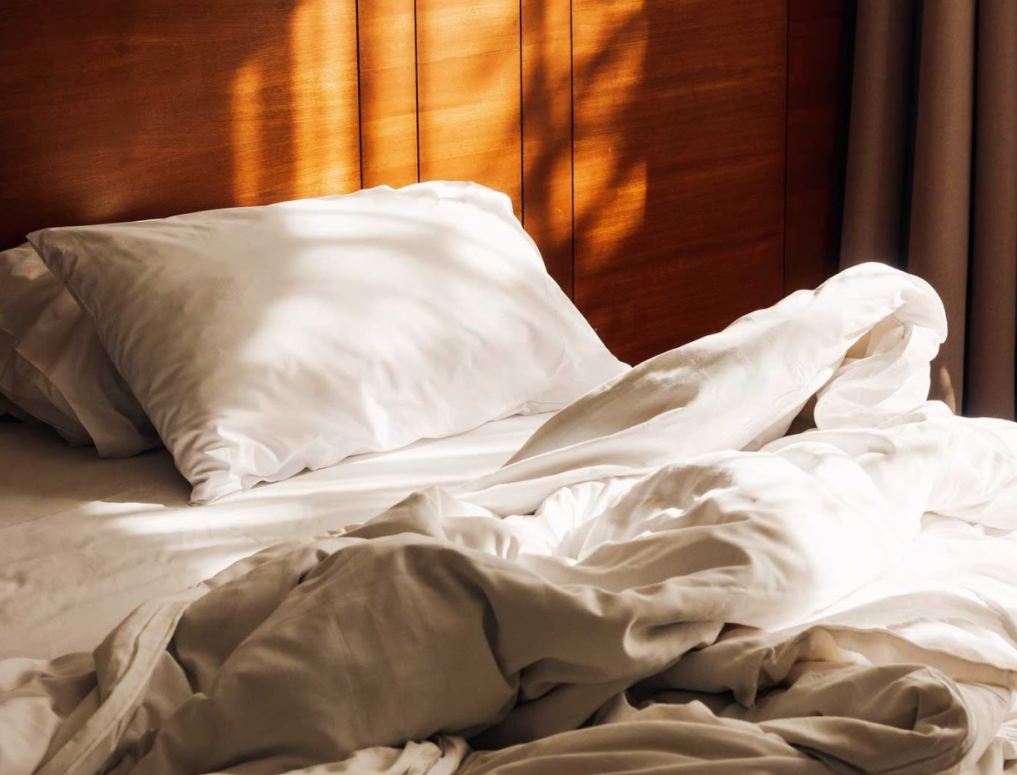There are very few things that can bring joy to the sleep-deprived, hormonal animals, high schoolers. However, naps are one of those things. After a long day of school, work, or even doing nothing, snuggling up under heavy blankets and listening to calming music for a quick nap serves as a short escape from the intense pressures of high school.
According to The National Sleep Foundation, hundreds of studies have proven napping beneficial, especially to developing minds. Among the main benefits, naps are known for “reducing sleepiness, improving learning, aiding memory foundation, and regulating emotions.” Napping has been proven to improve mood and energy level upon waking. In order to maximize the benefits of napping, there are many different types of naps, each adhering to its own unique functions.
Recovery Nap: A recovery nap is best for those with a temporary interrupted sleep schedule. For example, if you’re usually pretty good about getting to bed early, but stay up late for a night or two to cram in a project, taking quick recovery nap the following day should get your sleep schedule back on track.
Prophylactic Nap: A prophylactic nap is scheduled in anticipation of sleep loss. For example, if you are planning on sleeping over at a friend’s, but know that you will most likely stay up for the majority of the night, you might plan to take a prophylactic nap before and after the sleepover, so you remain at least somewhat well-rested.
Appetitive Nap: An appetitive nap is often taken by those who nap for the enjoyment of it. For example, you had a particularly stressful day at school or work, and need a quick break to relax. After all, not many could argue for a better way to relax than napping.
Fulfillment Nap: A fulfillment nap is most commonly scheduled into the days of infants or toddlers, because they need more sleep than adults. However, these naps can also occur spontaneously in children of all ages.
Essential Nap: An essential nap is taken while the body is enduring some kind of sickness or illness. When disease attacks the body, the immune system needs extra energy to fight infections and begin the healing process. This energy can be gained through napping.
Another factor that should be taken into consideration to maximize the benefits of napping is length. Napping for too short of a time can disrupt the five stages that the body moves through in sleep, while napping for too long of a time can prompt additional sleepiness and grogginess. With this in mind, researchers have found the ideal length of a nap to be anywhere from 10 to 20 minutes. However, this excludes fulfillment and essential naps, in which case the body needs more time to rest.
The benefits of napping can be maximized before the nap even starts, in preparation. There are many suggestions as to how to achieve this. First, set an alarm to regulate the length of the nap. Second, nap earlier in the day so that the body is still tired at bedtime. Third, create a sleep-friendly environment, which typically means dark, cool, and quiet conditions. Fourth, set aside any worries because ruminating over them will prevent the body from falling asleep. Fifth, set intentions to guide the nap before even napping.
Although naps can be helpful, they’re not for everyone. In some cases, naps might worsen conditions for people who suffer from insomnia, in which the body has trouble falling asleep at night. If you’re one of these people, avoid napping to the best of your ability. If not, nap at your desire. In fact, your eyes worked hard reading this article. You deserve a nap.






























